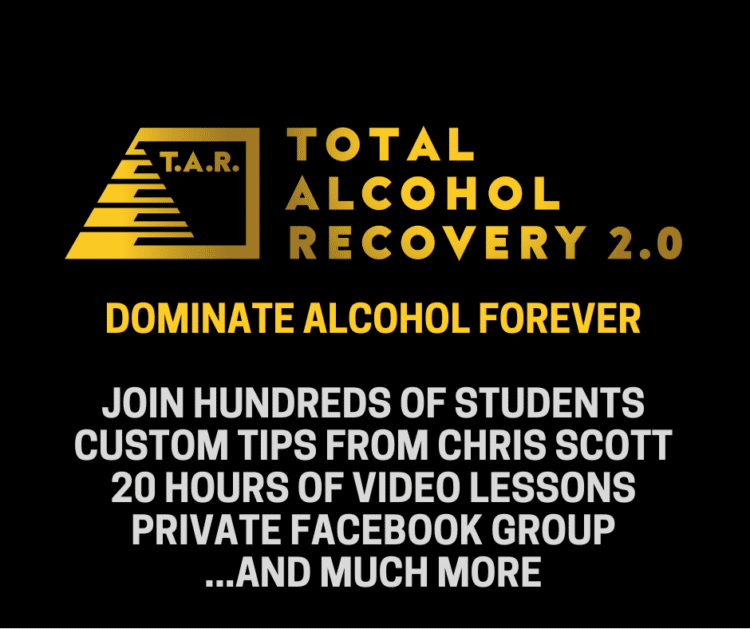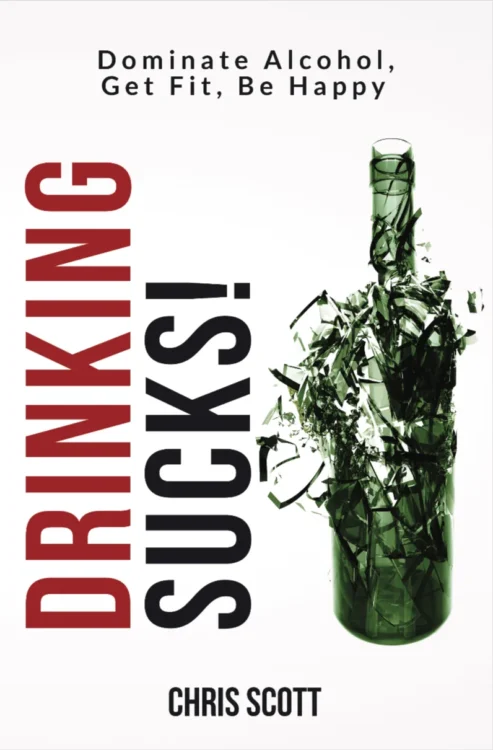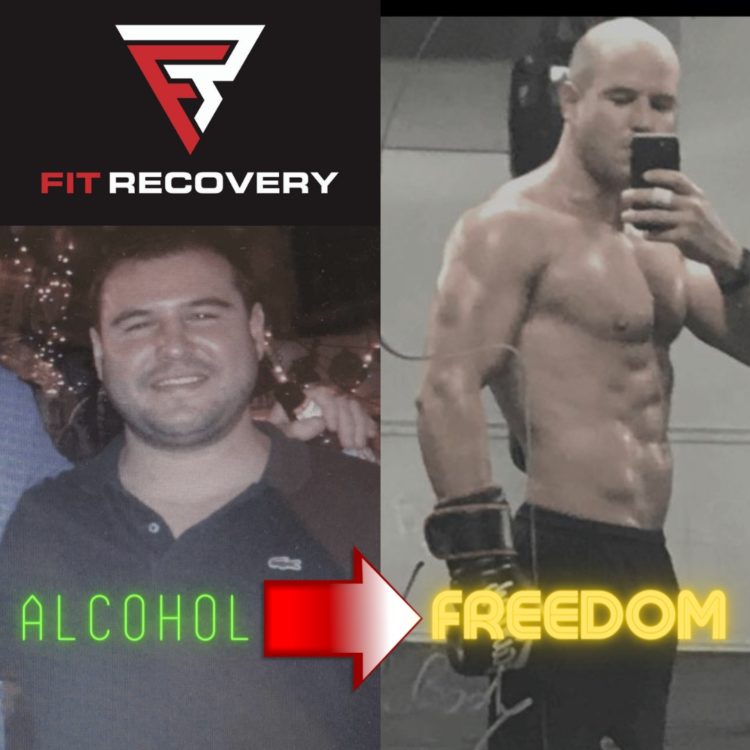 Getting fit in 90 days isn’t an obligation to society. It’s something you do for yourself.
Getting fit in 90 days isn’t an obligation to society. It’s something you do for yourself.
The following is for those of you who haven’t yet made exercise a priority in your life. It’s never too late to start, but every day that you kick the can down the road is an opportunity wasted.
You have the choice to make exercise a habit. If you do, you’ll look better, feel better, live longer, and your confidence will improve because you’re progressing toward a new goal.
If you spend 90 days taking your health seriously, chances are you’ll have less of an inclination to drink or use drugs.
Here’s a manual for getting fit in 90 days for anyone who thinks the gym is a torture room.
Month 1: Establish a Routine
For the first 4 weeks, commit to going to the gym as many times per week as you can. Do whatever you enjoy most – treadmill, elliptical, bike, stair stepper, etc. Do it for as long as you can, whether that’s 5 minutes or 45 minutes.
Feel your heart pumping, feel the burn in your muscles and lungs, sweat, stay hydrated, and then go home. Notice how much better you feel after these brief workouts than before.
After a month of dedication to cardio, you’ll start to look forward to your workouts. And if you don’t let your diet go to complete doody, you’ll probably notice that your clothes fit a little better.
Month 2: Pick Up The Weights
Now set aside 3 days dedicated solely to lifting weights.
Your main goal should be to learn and practice proper form for compound exercises. Use a barbell (45 pounds) if you can properly lift one for each exercise. Otherwise use dumbbells or an EZ Bar for these exercises.
If you use a barbell, have a buddy spot you on bench press and squats.
Do 3 sets of each exercise. Aim for 6 reps of each exercise. If the exercise is too easy for 6 reps, add more weight.
Your plan might look like this:
Mon: Chest & Shoulders (Bench Press, Military Press)
Tues: Cardio
Wed: Legs (Deadlifts, Squats)
Thurs: Cardio
Fri: Back & Biceps (Barbell Rows, Barbell Curls)
Sat: Cardio
Sun: Rest
See this article for demonstrations of these exercises.
Be sure to look at these rules before you hit the gym.
Month 3: Get Strong, And Do HIIT
For the next 4 weeks, do Step 2 again but with 2 changes:
- Add in 2 more exercises for each lifting day
- Do HIIT instead of steady-state cardio
Some suggestions:
For Chest & Shoulders, add incline dumbbell presses and lateral raises.
For Legs, add dumbbell lunges and leg curls.
For Back & Biceps, add pull-ups and dumbbell hammer curls.
What’s HIIT?
High Intensity Interval Training. For whatever cardio you do, alternate sprinting with slightly longer periods of rest. Sprint then rest, sprint then rest, and so on until you reach a total of 20-30 minutes.
If you’re just starting out, I’d recommend that the sprints last 30 seconds, and the rest periods last 2 minutes.
I’m a fan of doing HIIT on the bike. If I have access to a field, I’ll run 100 yard sprints and rest for 2 minutes between them. I’ll stop sprinting when I reach 30 minutes.
HIIT is more effective for burning fat and preserving muscle. Higher intensity exercise has been shown to burn more calories than steady-state cardio, especially after the workout has ended. You burn calories all day and feel amazing.
After Getting Fit In 90 Days… Keep It Up!
If you follow this plan, you’ll become a fitness authority on your own behalf.
You’ll know how to do a number of major compound lifts, dumbbell exercises, and HIIT routines.
And you’ll have a foundation of knowledge and muscle memory to mix up your workouts and find out what works best for you.
A final word of advice – don’t avoid weak areas or quit lifts you “don’t like.” Step up your effort and make them your strong areas. Arnold used to make himself wear short shorts until he improved his skinny quads.
Now, as long as you eat right, you have everything you need to know to get super fit.
What’s stopping you?
Author
-
Chris Scott founded Fit Recovery in 2014 to help people from around the world dominate alcohol dependence and rebuild their lives from scratch. A former investment banker, he recovered from alcohol dependence using cutting-edge methods that integrate nutrition, physiology, and behavioral change. Today, Chris is an Alcohol Recovery Coach and the creator of an online course called Total Alcohol Recovery 2.0.
View all posts





